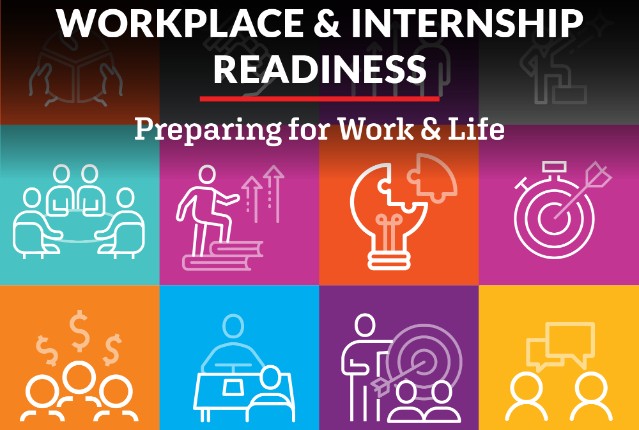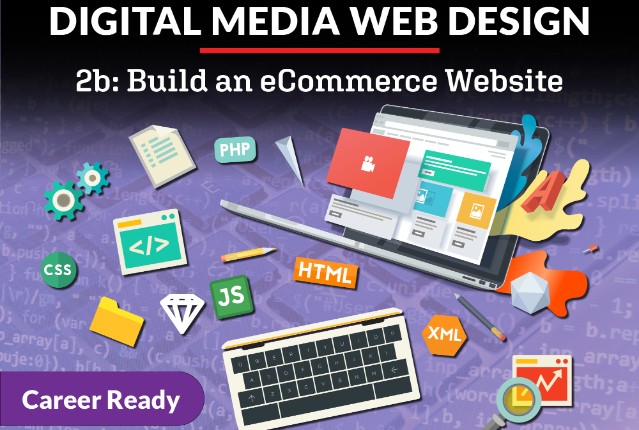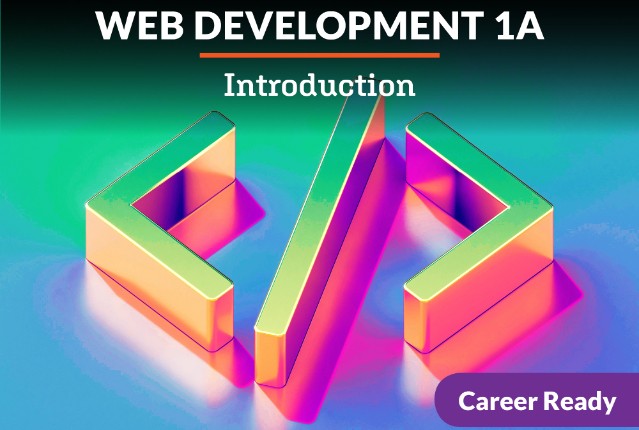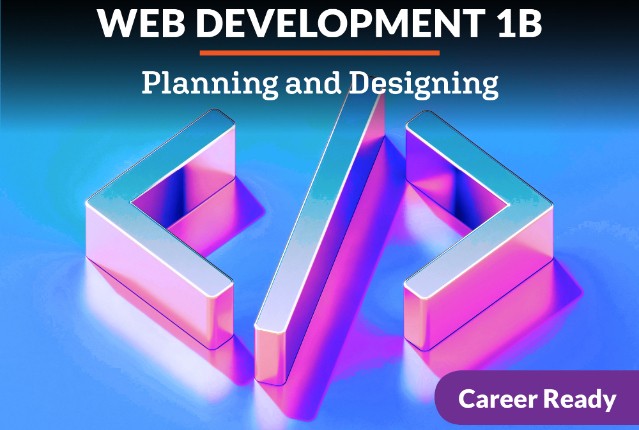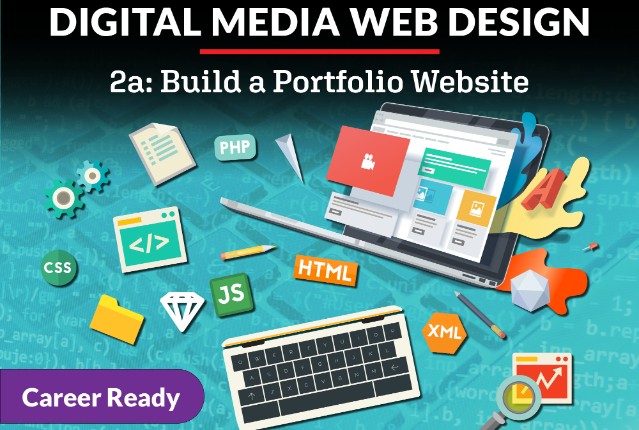
Digital Media Web Design 2a: Build a Portfolio Website
Did you know that you are consuming digital media every time you open an app or use your computer or tablet? Digital media may be a webpage, video, image, podcast, form, or more. Explore how you can develop webpages that embed different media and interactivity for excellent user experience through programming languages such as HTML and CSS. Examine trends and opportunities, education requirements, student organizations, and industry certification options. It’s your turn to start designing websites and experiences for digital media consumers.
Review course outlineAccess for a year
USD 299.00*
* Choose more courses to get a discount
